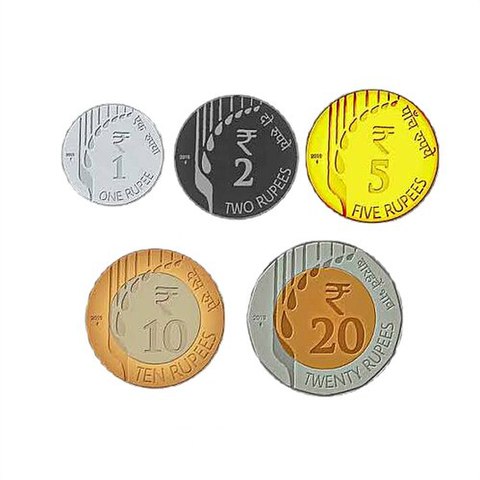The Indian Rupee (INR) is subject to fluctuations against other currencies, influenced by a range of factors. Here are key elements that impact the fluctuations of the Indian Rupee:
Interest Rates:
- Interest rate differentials between India and other countries play a significant role. Higher interest rates in India relative to other countries can attract foreign capital, increasing demand for the rupee and strengthening its value.

- Interest rate differentials between India and other countries play a significant role. Higher interest rates in India relative to other countries can attract foreign capital, increasing demand for the rupee and strengthening its value.
Inflation Rates:
- Inflation differentials between India and its trading partners can impact the exchange rate. Lower inflation in India compared to other countries can make Indian goods and services more competitive, potentially strengthening the rupee.
Current Account Deficit/Surplus:
- The current account measures the balance of a country’s trade in goods and services, plus net income and transfers. A current account surplus tends to support the currency, while a deficit can lead to depreciation. India has historically faced current account deficits, making it sensitive to global economic conditions and trade balances.
Foreign Exchange Reserves:
- The Reserve Bank of India (RBI) manages foreign exchange reserves, and their adequacy can influence market confidence. Higher reserves provide a buffer against external shocks and can be used to stabilize the currency during periods of volatility.
Global Economic Conditions:
- The global economic environment impacts the rupee. Economic uncertainties, geopolitical events, and changes in global demand for commodities can affect investor sentiment and capital flows, influencing the rupee’s value.
Government Policies:
- Fiscal and monetary policies of the Indian government and the RBI can impact the rupee. For instance, fiscal deficits, inflation-targeting measures, and changes in interest rates can influence investor perceptions and currency movements.
Political Stability:
- Political stability is crucial for investor confidence. Political uncertainties or instability can lead to capital outflows and currency depreciation. On the other hand, stable political conditions can attract foreign investment.
Trade Balances:
- The balance of trade, or the difference between exports and imports, directly influences the demand for the rupee. Trade surpluses generally support the currency, while deficits can contribute to depreciation.
Speculation and Market Sentiment:
- Market sentiment and speculative activities can cause short-term fluctuations. Traders and investors react to news, economic data releases, and changes in global sentiment, impacting the rupee’s value.
Global Capital Flows:
- Foreign direct investment (FDI) and foreign institutional investment (FII) flows into and out of India influence the rupee. Changes in investor sentiment and the attractiveness of Indian assets can lead to capital movements and affect the exchange rate.
Understanding the interplay of these factors is essential for assessing the direction and magnitude of fluctuations in the Indian Rupee. Currency markets are complex, and multiple variables can interact to influence exchange rates. As with any currency, the value of the Indian Rupee is subject to change based on economic conditions and external factors.











